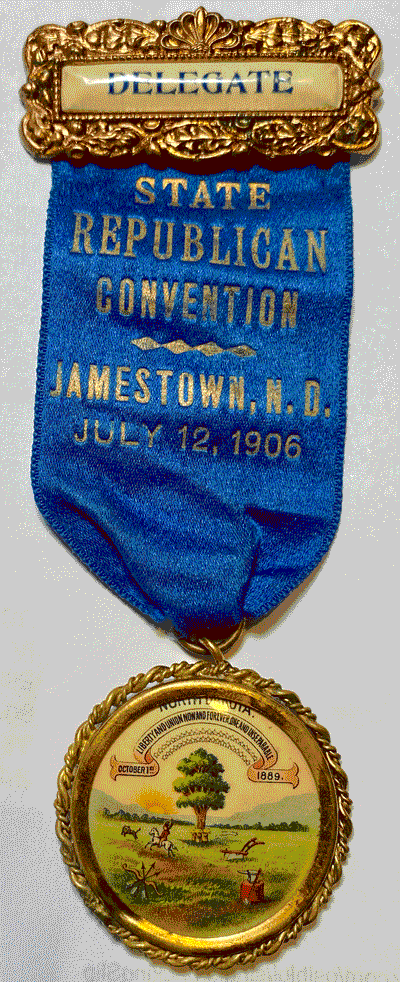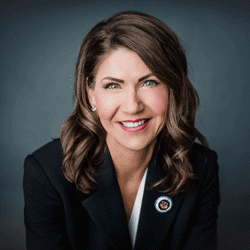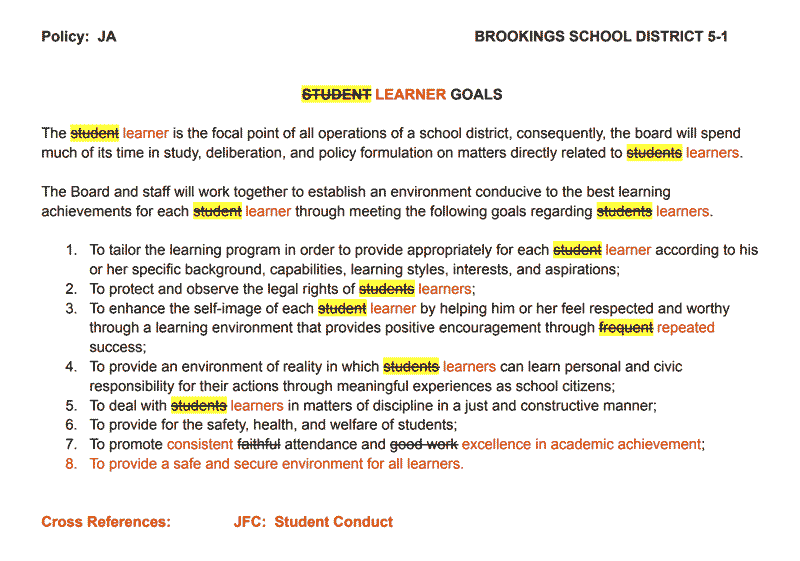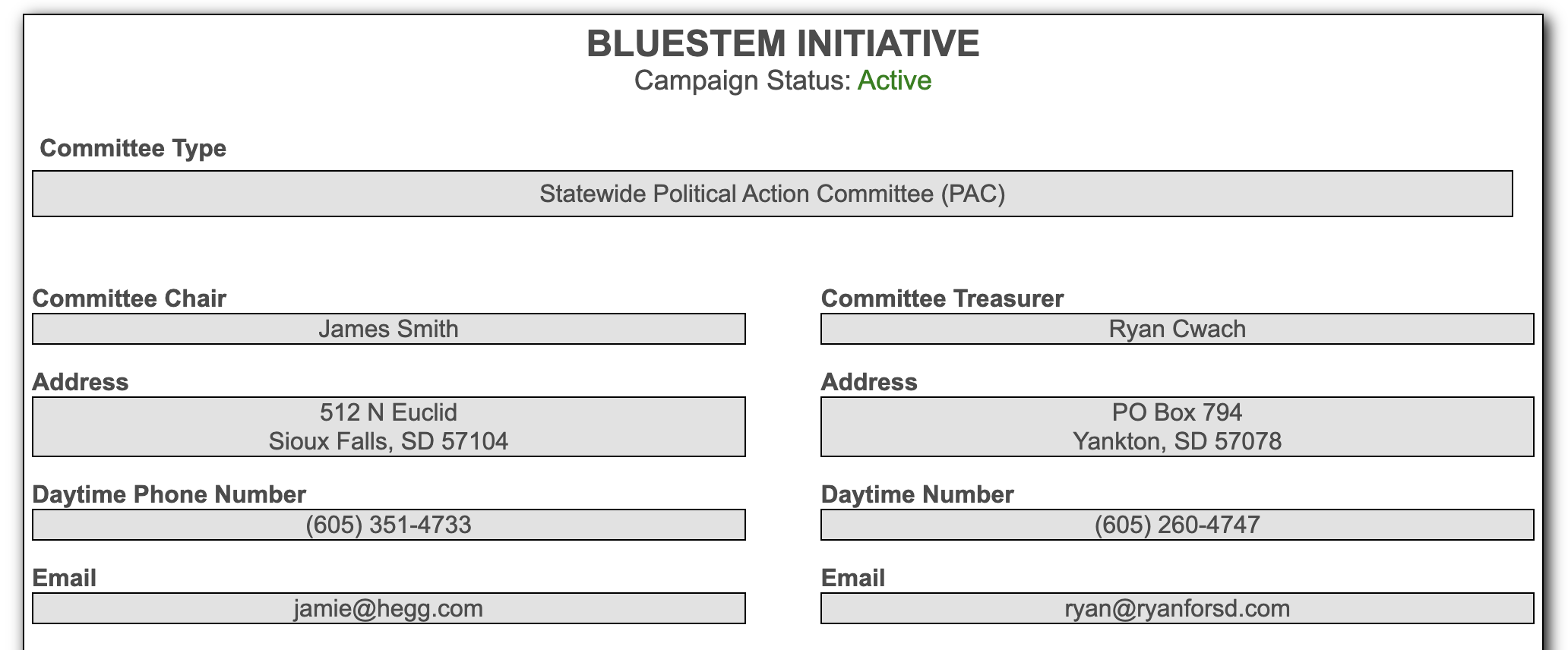

Demonizing and Defunding Police Has Consequences
By Sen. John Thune
American communities are less safe today than they were a year ago. Crime rates have surged since “defund the police” became a rallying cry. It’s no coincidence that cities that have slashed their police budgets have seen huge increases in violence. As of the end of May, Portland, Oregon, was on track to exceed 1,000 shootings for this year. In the first 14 weeks of 2021, New York City shootings were up 81 percent. In Oakland, California, carjackings are up almost 88 percent. Unfortunately, these are just a few examples.
The crime surge is real, and it is frightening. Statistics and percentages can seem abstract, but there are people behind every one of those crimes. People whose lives have been cut short or ravaged by violence. People whose sense of safety has been destroyed.
This won’t be a surprise to most South Dakotans, who overwhelmingly support our law enforcement officers, but defunding the police is a terrible idea. Some of the cities who cut their own police funding are even recognizing the mistake they’ve made and seeking to restore funding they cut. Unfortunately, the problem won’t necessarily be fixed that easily. Because the “defund the police” movement has not just resulted in smaller police budgets, it has also resulted in lower police morale, leading to a wave of police retirements and resignations.
Now, police departments are worried about having enough officers to keep their communities safe. It turns out that when you spend months vilifying police officers and demonizing them for doing their jobs, some of them no longer want to stay. To me, this is perhaps the worst consequence of the defund the police movement. Resources and equipment can be built back up again, but it’s a lot harder to replace good, seasoned officers – particularly right now, when it’s difficult to imagine why anyone would want to become a police officer. Why would men and women sign up for a job where they are regularly characterized as the worst kind of criminals? The sickening scene of protesters shouting “death to police” outside a hospital where two ambushed law enforcement officers were fighting for their lives has to be emblazoned on the minds of police officers nationwide.
The defund the police movement unjustly paints the entire law enforcement community as corrupt and immoral. We all know that simply isn’t true. Police officers are heroes in their communities – brave and committed Americans who put on the badge each day knowing the risk to their own safety. These are the people we call when we have a car accident, see someone in trouble or in need, or fear for our safety. These are the people who run toward danger and violence when the natural reaction is to run away from it. Our law enforcement officers deserve the highest level of respect.
Now, are there bad police officers out there? Of course there are. There are bad teachers out there too. And bad social workers. And bad businessmen. But just as it would be outrageous to demonize all teachers because of the few bad apples in their profession, it is outrageous to demonize the hundreds of thousands of dedicated Americans defending public safety because of a handful of bad officers.
We owe our men and women in law enforcement a great debt – a debt we can’t even fully comprehend. These men and women go out and risk their lives every day of the week, every month of the year, to keep us safe. And they bear a heavy physical and emotional burden. It’s tough to have to see evil on a daily basis – to spend years rescuing children who are in trouble or supporting victims of violence or bringing rapists to justice. They confront violence so that we don’t have to – and they pay a price. We owe them and their families our profound gratitude.
Democrats bear a substantial amount of responsibility for this situation. Far too many of them actively supported the “defund the police” movement and encouraged resentment toward law enforcement. It is disgraceful that anti-police rhetoric has become such an accepted part of our national conversation – and has been winked at or endorsed by so many Democrat leaders. We owe our police officers much better.
If any good can come out of all this violence and heartbreak, I hope it’s an increased recognition of how essential police officers are to keeping our communities safe and a rejection of any idea of defunding the police. It’s time to focus on protecting public safety and honoring the men and women who spend every day working to promote it.
###










